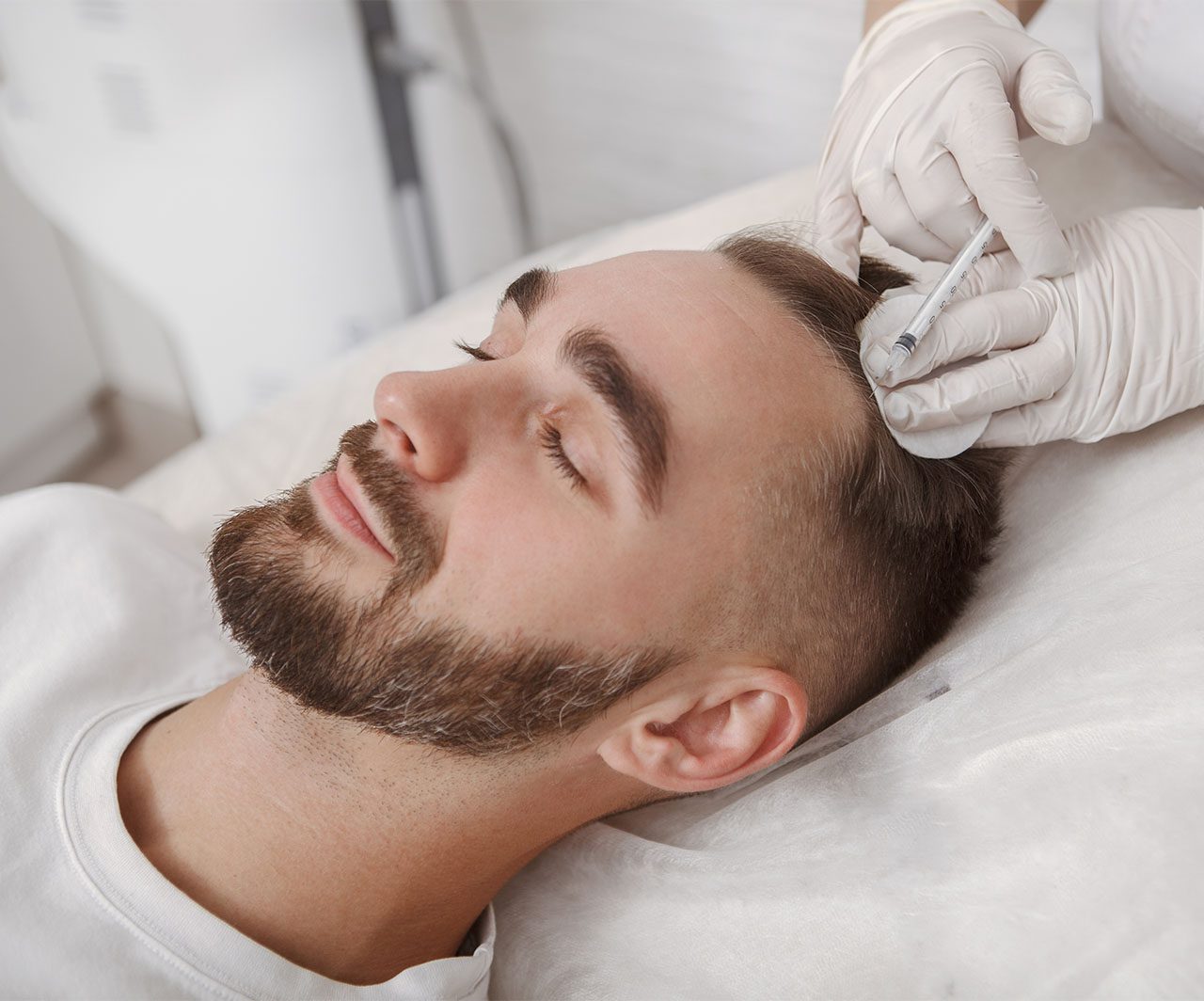Hair loss is a common concern affecting millions worldwide, leading many to explore different treatment options. Among the most discussed solutions are PRP hair treatment and minoxidil, each offering distinct approaches to combating thinning hair. PRP hair treatment in Dubai has gained significant attention for its natural and minimally invasive approach, while minoxidil remains a widely used topical solution. But which one is more effective? This article provides an in-depth comparison, examining the mechanisms, benefits, and limitations of both treatments to help you make an informed decision.
What is PRP Hair Treatment?
How PRP Works for Hair Growth?
Platelet-Rich Plasma (PRP) therapy is a medical procedure that uses the patient’s own blood to stimulate hair follicles. The process involves drawing a small amount of blood, processing it to concentrate the platelets, and then injecting the plasma into the scalp. Platelets contain growth factors that promote tissue repair and enhance follicle function, leading to thicker, healthier hair.
Benefits of PRP Treatment
One of the key advantages of PRP is its natural approach—since it uses the patient’s own blood, the risk of allergic reactions is minimal. Additionally, PRP has been shown to improve hair density and texture over time, making it a preferred choice for those seeking long-term results without daily maintenance.

Limitations of PRP Therapy
While PRP is effective, it requires multiple sessions for optimal results, which may not be suitable for everyone. Additionally, individual responses vary, and some patients may not see significant improvement. Since it involves injections, mild discomfort or temporary redness may occur.
Exploring Minoxidil for Hair Loss
How Minoxidil Promotes Hair Growth
Minoxidil is an FDA-approved topical medication that works by widening blood vessels in the scalp, improving blood flow to hair follicles. This increased circulation extends the growth phase of hair, reducing shedding and promoting regrowth. It is available over-the-counter in liquid or foam formulations.
Benefits of Minoxidil Use
Minoxidil is easy to use, non-invasive, and suitable for both men and women. It has been extensively studied and proven effective in slowing hair loss and stimulating regrowth in many users. Since it doesn’t require medical procedures, it’s a convenient option for those hesitant about clinical treatments.
Limitations of Minoxidil
Despite its benefits, minoxidil has drawbacks. It must be applied consistently—once or twice daily—and stopping usage can lead to hair loss resuming. Some users experience scalp irritation, dryness, or unwanted facial hair growth. Additionally, results vary, and not everyone responds positively.
Comparing PRP vs. Minoxidil: Key Factors
Effectiveness
PRP has shown promising results in clinical studies, particularly for individuals with early-stage hair loss. It strengthens existing follicles and can lead to noticeable improvements in hair thickness. Minoxidil, on the other hand, is more effective at preventing further loss rather than regrowing significant amounts of hair.
Treatment Duration & Maintenance
PRP typically requires 3–6 sessions spaced a month apart, followed by maintenance treatments every 6–12 months. Minoxidil demands daily application indefinitely to sustain results. For those seeking a low-maintenance solution, PRP may be preferable.
Suitability for Different Hair Loss Types
PRP is often recommended for androgenetic alopecia (pattern baldness) and thinning caused by stress or hormonal changes. Minoxidil is also used for pattern baldness but may be less effective for advanced hair loss.
Side Effects & Safety
Both treatments are generally safe, but minoxidil can cause scalp irritation, while PRP may lead to temporary soreness at injection sites. Since PRP uses autologous blood, allergic reactions are rare.
Which Treatment Is Right for You?
Choosing between PRP and minoxidil depends on individual needs, preferences, and the extent of hair loss. If you prefer a natural, long-term solution with minimal daily upkeep, PRP may be the better option. However, if you’re looking for an affordable, non-invasive treatment that can be used at home, minoxidil could be more suitable.
Final Verdict
Neither treatment is universally superior—the best choice varies based on personal circumstances. Consulting a qualified specialist can help determine the most effective approach for your specific condition.
Conclusion
Both PRP hair treatment and minoxidil offer viable solutions for hair loss, each with unique advantages. PRP provides a natural, long-lasting option with minimal side effects, while minoxidil offers convenience and accessibility. Understanding their differences allows you to make an informed decision tailored to your hair restoration goals. If you’re considering these treatments, professional guidance ensures the best possible outcome for healthier, fuller hair.